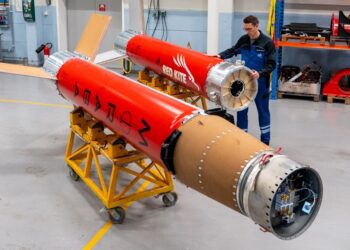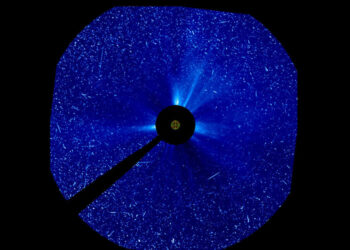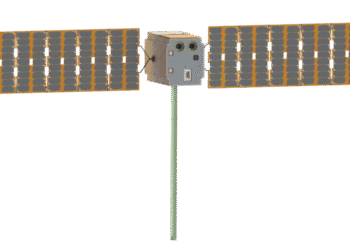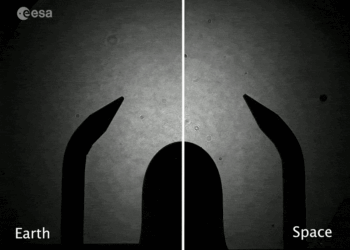NASA is actively seeking input from industry experts regarding the development of fission power systems suitable for use on the Moon and Mars. This initiative is part of NASA’s long-term vision for sustainable human presence on these celestial bodies. The request aims to harness industry feedback on the technical and practical considerations essential for creating reliable power systems that can operate in the harsh lunar and martian environments.
Fission surface power is expected to play a critical role in supporting activities on the Moon by the end of this decade, providing a continuous source of energy independent of solar power. It is especially crucial considering the lengthy lunar nights and the potential for operations in shadowed regions.
Key Areas of Interest
The feedback being solicited encompasses several key areas, including but not limited to:
- Design and operational concepts
- Interface definitions
- Potential challenges and risks
- Cost, schedule, and feasibility assessments
In addition, NASA is looking at collaborative opportunities with industry partners to refine and advance these power system concepts. This partnership approach will enable leveraging existing technologies and exploring innovative solutions that can lead to efficient and effective power systems for extraterrestrial applications.
Collaboration and Innovation
The collaboration is expected to yield innovations that facilitate human exploration beyond Earth. By integrating industry expertise and novel solutions, NASA aims to overcome the unique challenges associated with off-planet energy requirements. This aligns with the broader goals of enhancing American leadership in space technology and exploration.
NASA’s initiative marks a significant step towards equipping future lunar and martian habitats with the necessary infrastructure to support long-term human missions. The feedback from industry will be instrumental in guiding the development of systems that are not only robust and reliable but also adaptable to the varying conditions found on the Moon and Mars.
For more information, you can access the full details on NASA’s official site: NASA: Industry Feedback on Fission Power.






















